In winters, the sun seems a little weaker, and the air carries that peculiar scent that tickles my nostrils just right. While this may not hold true for everyone, my little soul thrives in winter. Fluffy coats, hot chocolates, and cosy blankets — who wouldn’t adore this season? But what excites me the most is seeing my father’s terrace garden adorned with a colourful blanket of flowers.
If you’re a gardening enthusiast like my father, here are a few winter flowers that you can easily grow and tend to as well –
1. Marigold
A very popular flower that will give your garden the right amount of orange and yellow is Marigold. The beautiful flower is not just vibrant but also very resilient.
Tips: They thrive in full sunlight and can withstand cooler temperatures.
You can plant the seeds in a garden bed or planters, and with proper care, they’ll continue to bloom throughout the winter season. Make sure that they receive at least 6 hours of direct sunlight each day.
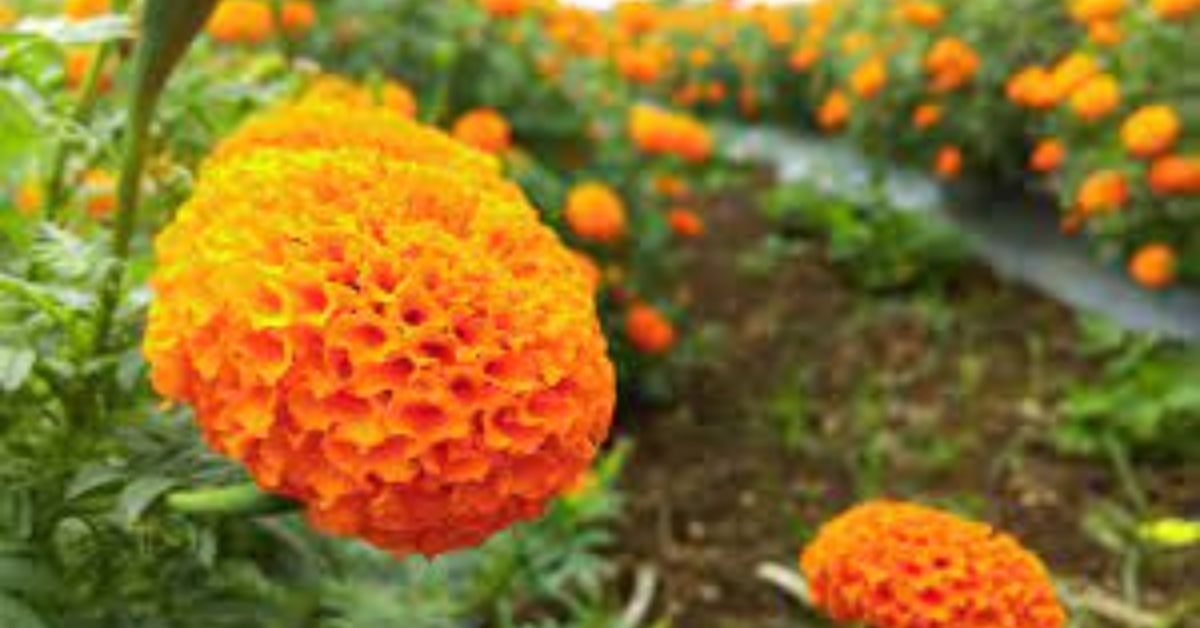
2. Petunia
Produced in large, colourful flowers in various shades, including white, yellow, pink, and dark purple, Petunia is the perfect addition to your garden. These plants grow up to four feet and look perfect in hanging pots.
Tips: The seeds of the plant are very small, so be extra careful while sowing them. Do not cover the seeds with soil as they are light to germinate.
Petunia seeds can be sown when the temperature is cool. Place the pot in a place where it gets ample sunlight and water it thrice a week to have beautiful flowers from November to March.
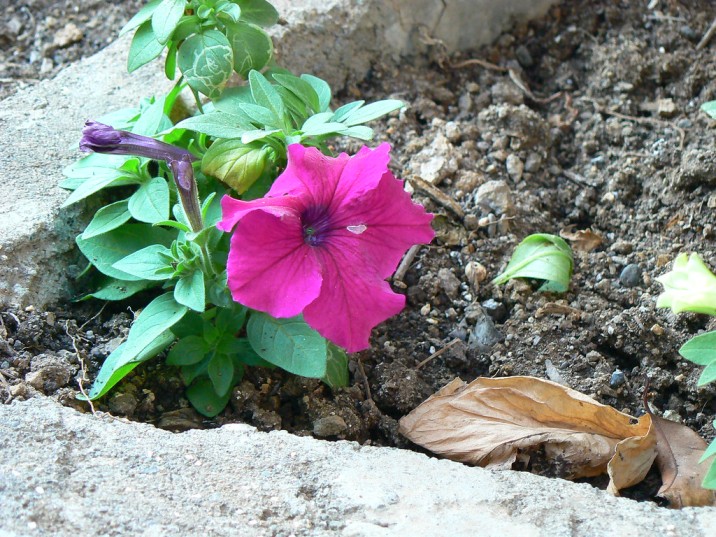
3. Viola
Cheerful, textured and beautiful, these flowers are sure to catch people’s attention when they come to see your little garden. Pansies or violas are typically grown in the northern regions of India during late fall and early spring, making these seasons the most common for their cultivation.
Tips: You can easily buy small Viola plants from a nursery or can plant viola cutting before the weather gets too cold to get the best bloom. Like most flowers, they also need a good amount of sunlight, so make sure they are sitting in a sunny spot.
Additionally, they also need regular watering so ensure that the soil is consistently moist but not waterlogged.
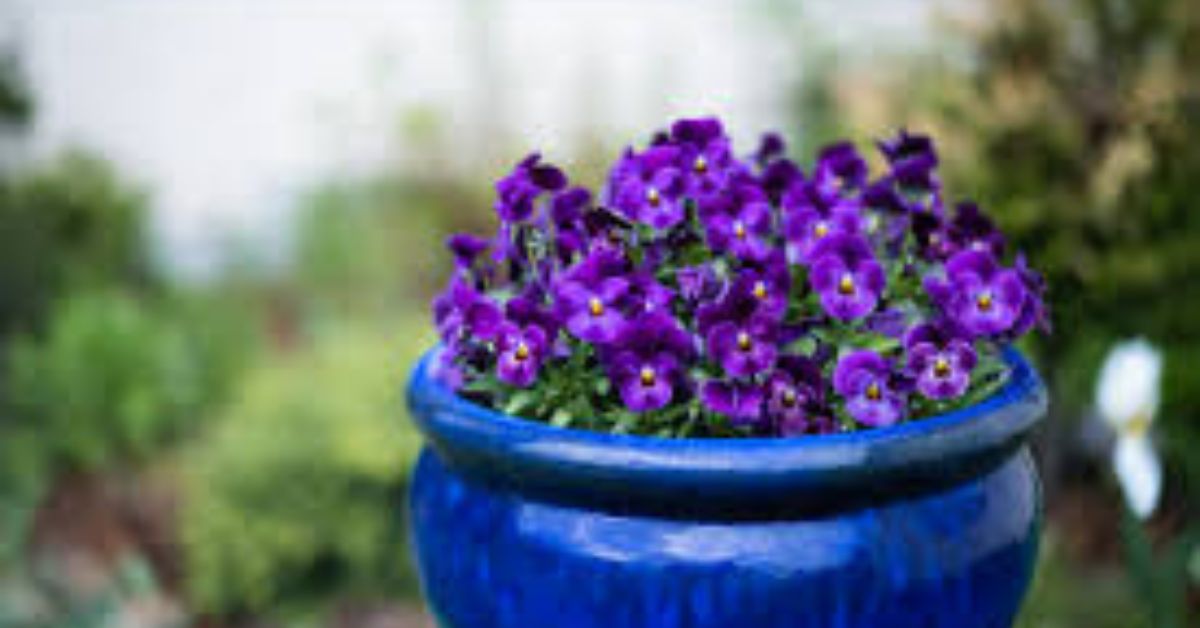
4. Celosia
Celosia, also known as cockscomb or woolflower, is a striking annual flowering plant that belongs to the Amaranth family. It is known for its unique and captivating appearance and it comes in different colours such as red, orange, yellow, and pink. The most distinctive feature is its unusual, crested flower head, which resembles a rooster’s comb or a fluffy, colourful flame.
Tips: To encourage continuous blooming and maintain the appearance of the Celosia plant, it’s important to deadhead spent flowers. Deadheading involves removing faded or withered blooms. This keeps the plant beautiful and also encourages it to grow more beautiful flowers.
Celosia plants prefer well-drained soil. Ensure the soil in your garden bed or container has good drainage.
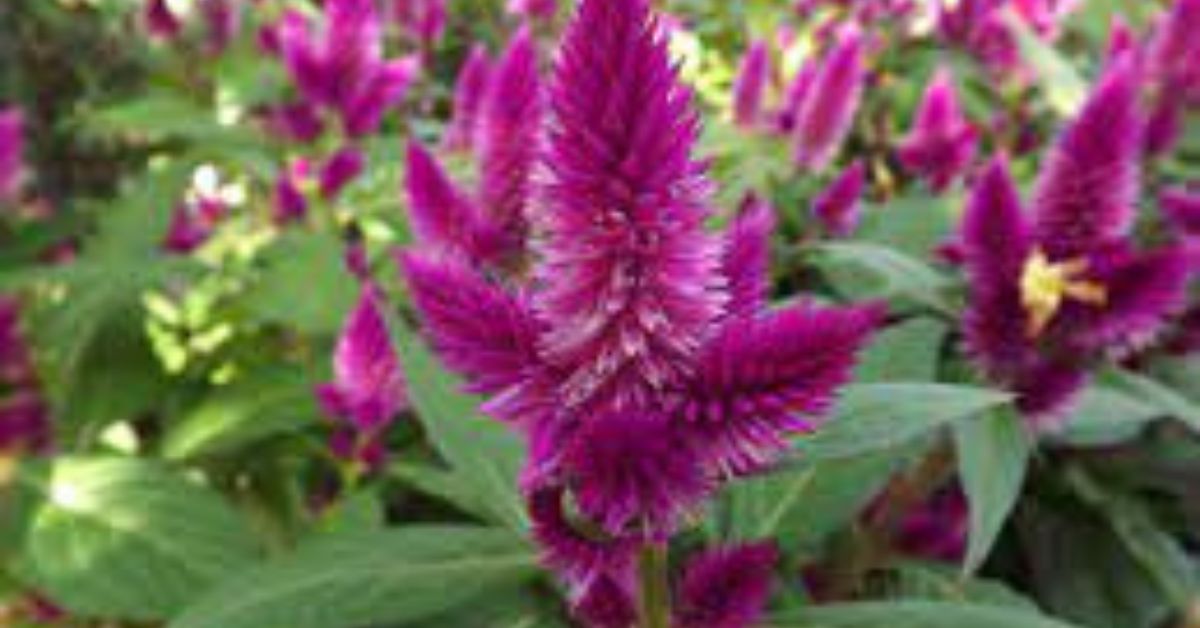
5. Dahlia
This list would not be complete without mentioning our precious little flower, Dahlia. These flowers come in various shapes, sizes, and colours, from small, delicate pompons to large, showy dinner-plate-sized blossoms. Dahlias are not only attractive but also relatively low-maintenance, making them a perfect addition to winter gardens.
Tips: Dahlias can produce large, heavy blooms, and as they grow, they may need support to prevent them from bending or breaking. Use stakes or cages to provide support to the plants.
Additionally, deadheading is encouraged with Dahlias as well to redirect the plant’s energy into blooming more new flowers. You can simply pinch or snip off the dead blooms as they wither.
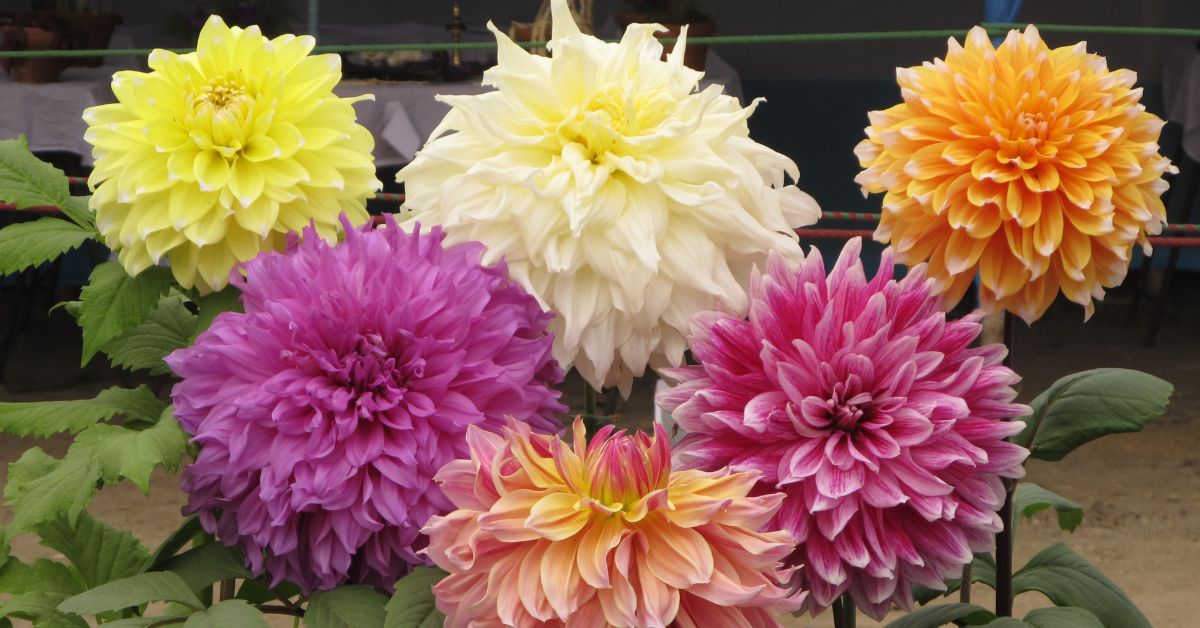
(Edited by Padmashree Pande)
No comments:
Post a Comment